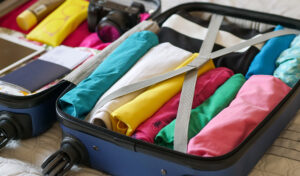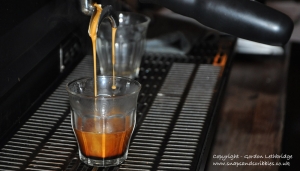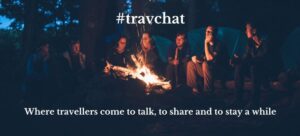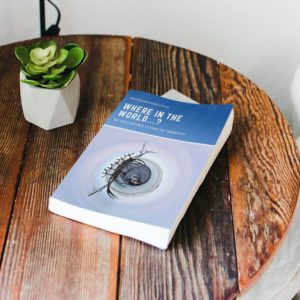On my trip to Rhone-Alpes region of France I looked at the itinerary and was surprised to see that two hours had been devoted to water tasting. Wine tasting I had heard of, cheese tasting and olive oil tasting too. I had even been to chocolate tasting in Bordeaux but I had never heard of water tasting.
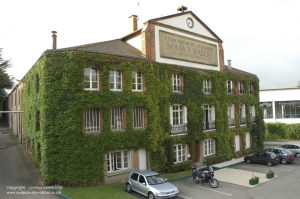
The water tasting took place in the museum at the old Badoit bottling plant adjacent to the company’s uber modern bottling plant in St Galmier. We were limiting ourselves to waters of the Rhone-Alpes. The region has over 30 different mineral waters including the ubiquitous Evian and the popular sparkling Badoit.
Pure water is made up of two atoms of hydrogen and one of oxygen and is neutral in taste and smell. The water that we drink is rarely pure but has trace elements and minerals dissolved in it. It is these, in differing proportions, that determine how the water tastes. However, it is more complex than that as the “mouthfeel”, aroma and the pH value also influence our perception of taste. Water, like wine, also has an aroma which is best detected before drinking by swirling the water around in the glass.
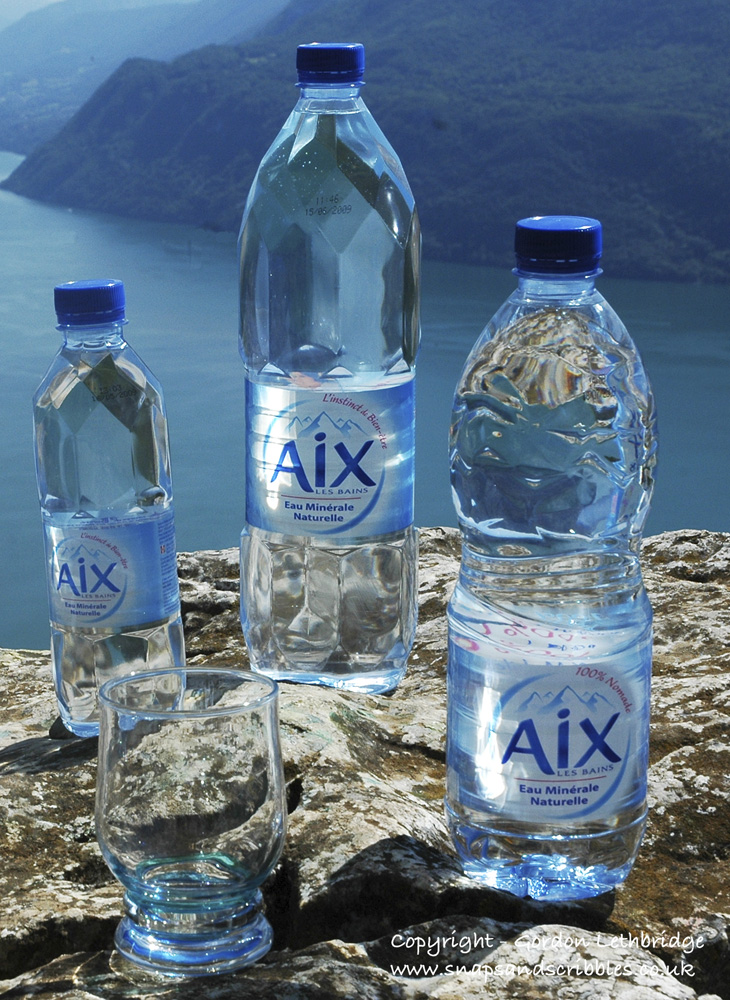
There is a method to tasting water. It’s not just a case of drinking a glassful. I was given the following eight tips when tasting water.
1. Drink a glass of water beforehand to quench your thirst and allow you to focus on the taste.
2. The ideal time to taste is just before a meal as hunger heightens the senses.
3. Chill the water to about 13℃.
4. Have several glasses. These should be clean and have no odour.
5. Half fill the glasses.
6. Start with still waters then move onto the sparkling waters going from light to bold effervescence.
7. Nose the water before and after swirling
8. Take water into the mouth and swirl it around so that it covers all of the tongue and reaches every taste bud. We have only four taste receptors on the tongue: sweet, salty (or savoury), acidic and bitter. The combination of minerals in the water will trigger more than one of these types of receptors and it is the unique proportions of these that give a water its unique taste.
After a pleasant hour or so of swirling, nosing and swilling around the mouth I discovered there were indeed distinct differences in taste and, surprisingly feel of the selection of waters from the Rhone-Alpes. The following is a summary of the tastes and aromas of some of the better known and more readily available mineral waters of the Rhone-Alpes.
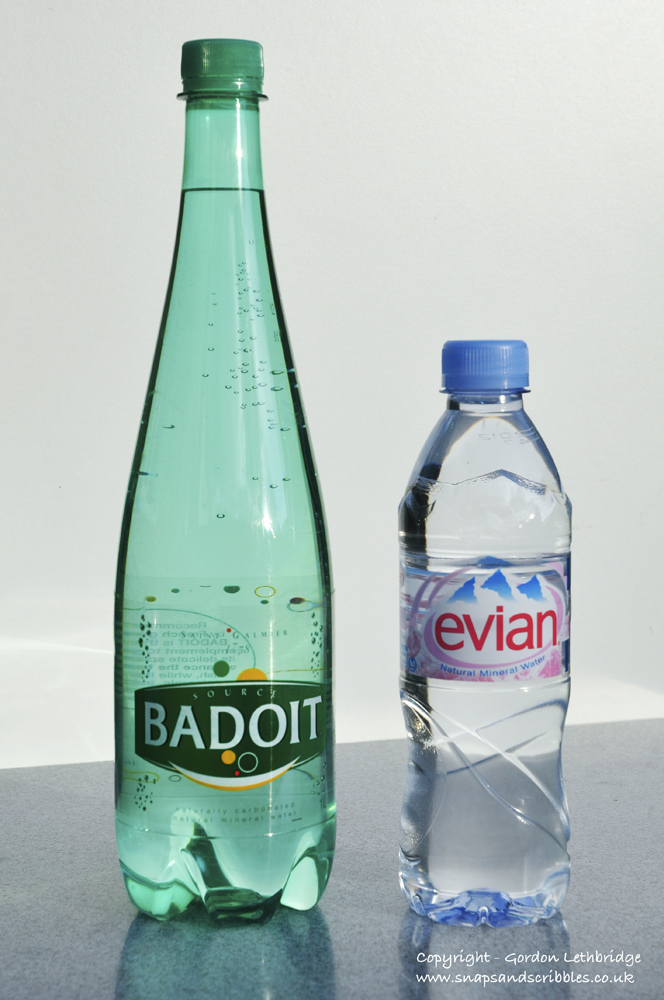
The still waters – found mostly east of the River Rhone:
Thonon: Slightly lemony with a fresh meadowy scent; sweet taste
Evian: Light marine aroma; a neutral balance between salty and acidic taste
Aix: Dry earthy scent; no dominant taste, well balanced
The sparkling waters – found mostly to the west of the River Rhone in the volcanic rocks of the Massif Central:
Badoit (verte): Little discernible aroma; salty, sweet and bitter, well balanced taste between the three
Badoit (rouge); A hint of woodiness; taste is salty and slightly bitter
Vals: Little discernible smell; salty and bitter in taste
Saint Alban: Lightly metallic scent; sweet and salty, well balanced
Cesar: aromatic notes of almonds and lemon; an acidic and bitter taste
Vernet: Slightly metallic aroma with an earthy note; an acidic and salty taste
Parot: Complex scent, flowery, vanilla with a note of leather; a dominant salty taste
Still or sparkling, alpine or volcanic, decades or millennia in the making, it is the trace elements dissolved in the water during their journey that give the water its taste. Each of Rhone-Alpes’ 30 plus waters take a different route to their source and it is that journey that ultimately determines their unique taste.
Do you have a favourite mineral water? Is it from the Rhone-Alpes?
